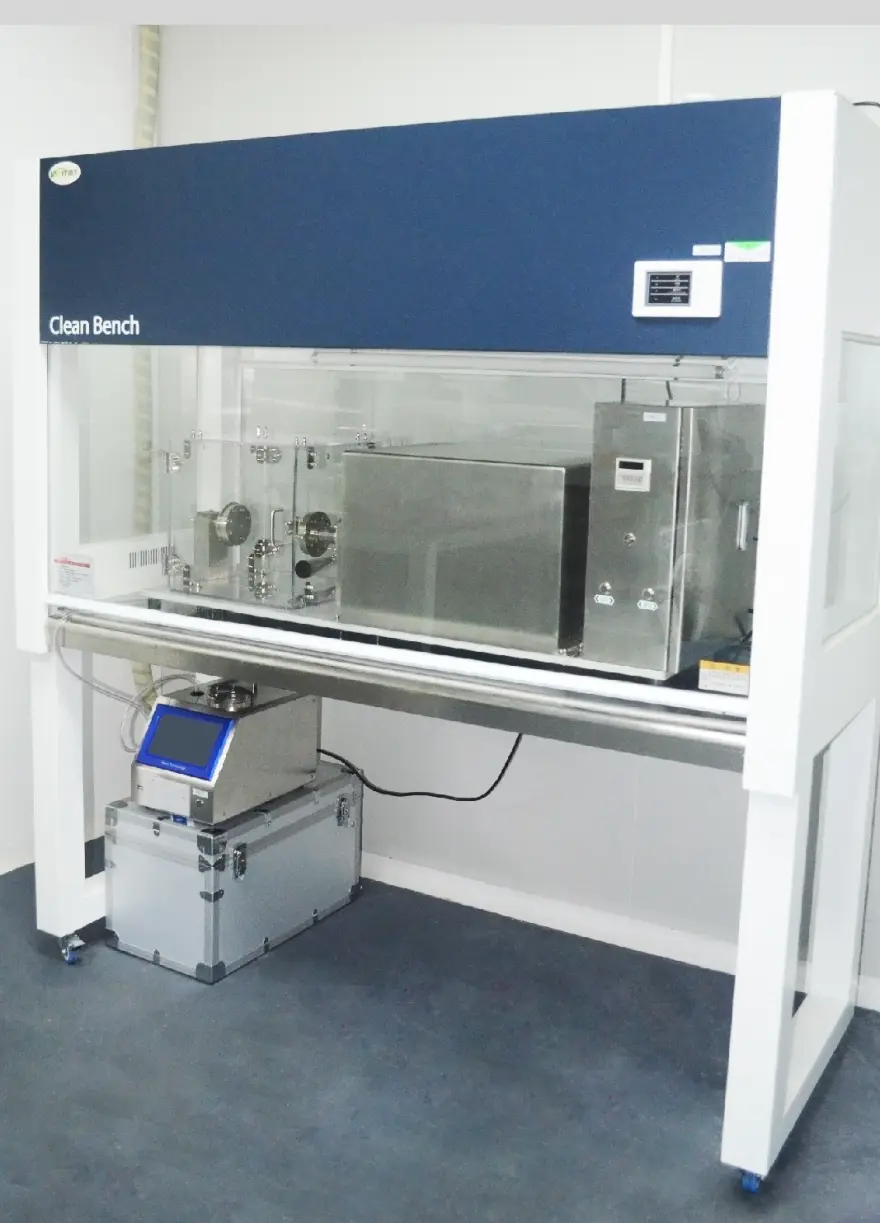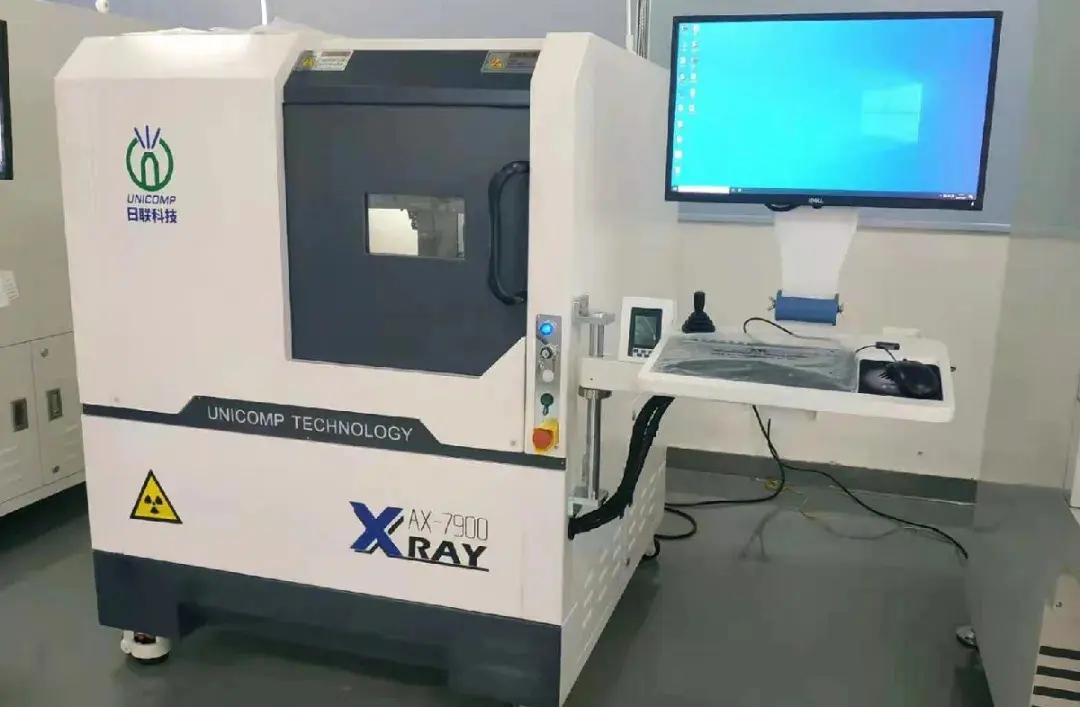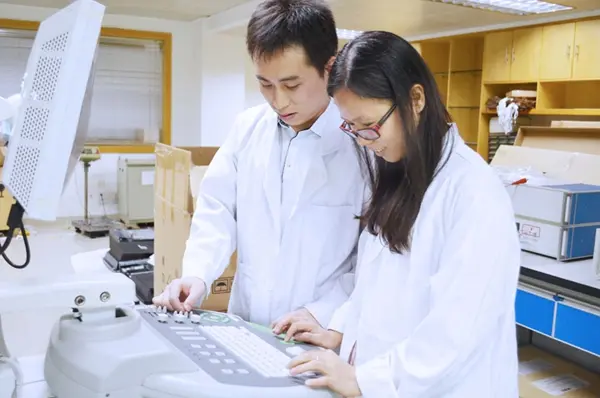
What Are the Global Certifications for Products with Wireless Bluetooth?
With the continuous development of Bluetooth and wireless Wi-Fi technology, there are now many Bluetooth electronic products on the market. Among them, Bluetooth headsets are one of the most commonly used Bluetooth products. Bluetooth headsets have freed people from the constraints of wired headsets and are highly popular among consumers, becoming hot-selling products both domestically and internationally.
The certifications required for Bluetooth products before sale depend on the country and region. In China, in addition to the basic quality inspection report, the following certifications are required:
SRRC (Approval Certification):
The State Radio Regulatory Commission requires mandatory certification. Since June 1, 1999, the Ministry of Information Industry (MII) of China has mandated that all radio component products sold and used within China must obtain Radio Type Approval Certification. Devices must be labeled with the Radio Transmission Equipment Model Approval Code (CMIIT ID).
Application Conditions:
1. The applicant must have the corresponding production capacity, technical strength, and quality assurance system.
2. The technical indicators such as the working frequency and power of the radio transmission equipment must meet national standards and relevant national radio management regulations.
Required Documents:
1. Application form for the approval of radio transmission equipment models, signed and stamped by the company's legal representative.
2. Authorization letter for the approval of the radio transmission model, signed and stamped by the company's legal representative.
3. User manual, technical manual, circuit schematic, block diagram, PCB layout, position diagram, RF line attenuation description, antenna gain description.
4. Drivers and software (if computer control is required, please provide).
5. Photos of the equipment (six-sided view, front and back of the mainboard, with the shielding cover removed, showing the applicant's name and device name).
6. Equipment model, equipment serial number, structure size, CMIIT ID.
7. Copy of the business license of the legal representative of the enterprise, stamped.
8. Introduction to the company's situation (production capacity, technical strength, quality control), stamped.
9. Copy of the quality management system certificate, i.e., ISO certificate, and the annual production situation form of the radio enterprise (not required for enterprises in Guangdong Province and foreign enterprises).
Bluetooth Special Interest Group (SIG):
The Bluetooth SIG is responsible for developing Bluetooth specifications, promoting technology, and certifying qualifications. The Bluetooth SIG owns Bluetooth Trademarks and grants its members free use of Bluetooth wireless technology and its registered trademarks. However, the corresponding products must pass Bluetooth qualification certification. Only after passing SIG testing and certification and meeting Bluetooth standards can products be marketed under the Bluetooth name; otherwise, it is an infringement and illegal.
BQB Qualification Certification Requirements:
1. Testing.
2. Document preparation.
3. File submission.
4. Evaluation and review.
5. Supplier consistency declaration.
6. Compliance audit and mandatory procedures.
Information Required for BQB Certification:
1. Company information (name, address, contact person, contact details, corporate email).
2. Product model.
3. Username and password provided after registration (can register on the SIG website).
4. Samples or sample photos (multi-angle appearance photos).
5. Authorization letter (provided by the module company).
6. Product pictures.
CE certification:
CE certification indicates that products comply with the standards and regulations of the European Economic Area (EEA) market. The CE mark is a self-declaration mark indicating that the product meets the regulatory requirements of the European Union (EU) or EEA countries. Products must comply with a series of directives and standards to obtain CE certification.
CE Certification Testing Items:
1. Electromagnetic compatibility testing (EMC testing).
2. Safety testing (LVD). (For RF products with battery input in the new directive, this test is also required).
3. Testing of wireless communication equipment according to European ETSI standards (RF testing).
4. Notification of allowed spectrum information in Europe.
5. CTR (TBR) testing.
6. Electrical safety and health protection testing (SAR evaluation).
CE Certification Materials:
1. Product user manual.
2. Circuit schematic.
3. Block diagram (also known as module function diagram).
4. PCB layout.
5. PCB position diagram.
6. Operation description (explanation of the block diagram).
7. BOM list.
8. Label.
9. Antenna specifications (or antenna gain diagram).
10. LVD report for the charger.
11. Frequency-setting software (also known as frequency-setting program, enabling the transmission module to continuously transmit at a specific frequency, generally for BT and Wi-Fi).
ROHS certification:
RoHS mainly involves products described in the RoHS directive as "electrical and electronic equipment" designed for use with a voltage not exceeding 1000V for alternating current and 1500V for direct current. This equipment relies on electric current or electromagnetic fields for normal operation and includes devices for generating, transmitting, and measuring these currents and fields.
Main Products Include:
- Household appliances, such as refrigerators, washing machines, microwaves, air conditioners, vacuum cleaners, water heaters.
- Consumer electronics, such as audio and video products, DVD players, CD players, television receivers, IT products, digital products, communication products.
- Electrical tools, electronic toys, medical electrical equipment, and other products relying on electric power.
REACH Certification:
REACH covers almost all products exported to the EU (except food, medicines, and pesticides). Common products include:
1. Chemicals, alloys, plastics, semi-finished products, and accessories.
2. Toys, furniture, cosmetics, stationery, paints, adhesives, and cleaners.
3. Textile clothing, footwear products, leather products, and accessories.
4. Electronic and electrical products and other products.
5. Household goods, leisure, and sports products, etc.
REACH Certification Process:
1. Certification consultation - providing relevant product information.
2. Certification quotation - assessing testing costs and time.
3. Completing the application form, signing the contract, and sending samples.
4. Laboratory testing of samples for REACH compliance.
5. Issuing the REACH report upon passing the tests.
6. Sending the REACH certification report and invoice.
FCC Certification:
The FCC (Federal Communications Commission) coordinates domestic and international communications through control of radio broadcasting, television, telecommunications, satellite, and cable. It covers more than 50 states, the District of Columbia, and U.S. territories to ensure the safety of radio and wire communication products related to life and property. The FCC's Office of Engineering and Technology provides technical support to the commission and is responsible for equipment approval. Many radio applications, communication products, and digital products (operating frequency from 9KHz to 3000GHz) require FCC approval to enter the U.S. market.
FCC Certification Materials:
1. User manual.
2. Block diagram.
3. Operation description.
4. Circuit schematic.
5. RF modulation method.
6. Rated power declaration.
7. TCB Form 731.
8. Power of attorney.
9. FCC confidentiality letter.
ic certification:
IC stands for Industry Canada. IC certification (now known as ised certification, also referred to as ICES certification) is mandatory for electronic and electrical products (such as wireless mice and keyboards, wireless remote control toys, and various low-power wireless RF products) entering the Canadian market.
IC Certification Process:
1. Submit samples, application form, and related documents.
2. Arrange testing.
3. Notify the client of any issues for rectification if testing fails, prepare the report and issue the certificate upon passing.
4. Receive the certificate and report.
IC Certification Materials:
1. Product manual.
2. Circuit schematic, PCB diagram, block diagram.
3. Business license.
4. Organization code.
5. Application form.
6. Product pictures.
7. Samples.
kc certification:
KC (Korea Certification) is Korea's electronic and electrical product safety certification system. The Korean Agency for Technology and Standards (KATS) implemented this mandatory safety certification system on January 1, 2009, according to the Electrical Appliances Safety Control Act. Since July 1, 2012, electronic and electrical products applying for Korean certification must obtain separate KC certificates for safety and EMC requirements.
KC Certification Process:
1. The applicant submits an application.
2. Submit product information.
3. Provide samples.
4. Issue certificates.
5. Factory inspection.
Note: Self-regulation (voluntary) certification only requires obtaining a certificate without factory inspection. The certificate is valid for five years.
KC Certification Materials:
1. Relevant application forms.
2. Product label.
3. Product manual.
4. List of components.
5. List of derivative models.
6. Circuit diagram and layout.
7. Component certificates.
8. Specifications for transformers, inductors, etc.
9. CB certificate and report (if available).
telec certification:
According to Japan's Radio Law, specified radio equipment must undergo type approval (technical regulations conformity certification), also known as TELEC certification. This mandatory certification is performed by MIC-designated registered certification bodies. TELEC (Telecom Engineering Center) is the primary registered certification body for radio equipment conformity in Japan. Therefore, any product with wireless functionality must obtain TELEC certification before being exported to Japan. Examples include products with Bluetooth, Wi-Fi, 2G, 3G, 4G communication, GPS functions, etc.
TELEC Certification Materials:
1. System block diagram.
2. System schematic.
3. User manual.
4. Operational description.
5. BOM list.
6. Module schematic.
7. Module block diagram.
8. Module specification.
9. ISO 9001 certificate of the manufacturer.
10. Label location and sample drawing or photos.
11. Antenna specification, including name, type, maximum gain, measurement diagram, appearance, and size diagram.
Note: All materials must be in English or Japanese.
rcm certification:
RCM (Regulatory Compliance Mark) is a unified mark introduced in Australia and New Zealand to indicate that electrical products meet safety and EMC requirements. This mark, owned by regulatory authorities in Australia and New Zealand, signifies compliance with both safety and EMC standards. On March 1, 2016, C-Tick, A-Tick, and RCM were consolidated into a single regulatory compliance mark, RCM. saa certification pertains to safety, C-Tick certification controls EMC and radio products, and A-Tick certification controls telecommunications products. Therefore, RCM requires compliance with both safety and EMC requirements to use the RCM logo on products.
RCM Certification Application Process:
1. Third-party laboratory evaluates the product and determines the testing standards.
2. Laboratory rectifies any non-compliance issues to meet Australian standards.
3. Issuing a test report upon passing the tests.
4. Submitting the test report to the Australian certification body for document review.
5. Issuance of the RCM certificate upon approval.
6. Completing the Australian website registration, either by the client or through the laboratory.
Email:hello@jjrlab.com
Write your message here and send it to us
 Packaging Validation ISO 11607 Test Report
Packaging Validation ISO 11607 Test Report
 What is the ISO 11607-1 Packaging Validation Test?
What is the ISO 11607-1 Packaging Validation Test?
 How to get an ISO 11737-1 Test Report?
How to get an ISO 11737-1 Test Report?
 Orthopedic Implant Cleanliness Testing
Orthopedic Implant Cleanliness Testing
 What is ISO 10993-23:2021 Irritation Testing?
What is ISO 10993-23:2021 Irritation Testing?
 ISO 10993-23 Irritation Testing Laboratory
ISO 10993-23 Irritation Testing Laboratory
 EMI Emissions Testing
EMI Emissions Testing
 EMC Standards for Medical Devices
EMC Standards for Medical Devices
Leave us a message
24-hour online customer service at any time to respond, so that you worry!




